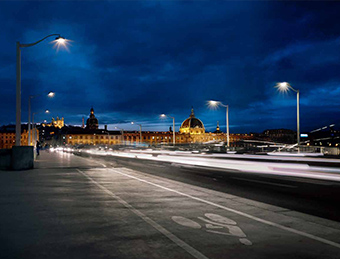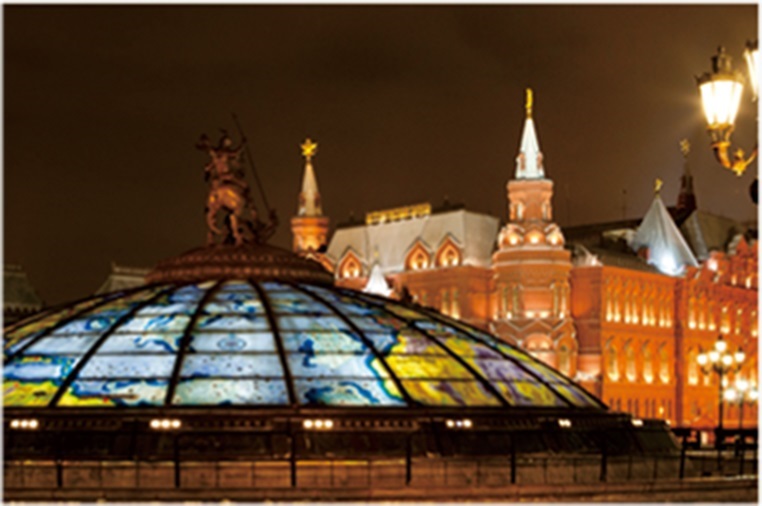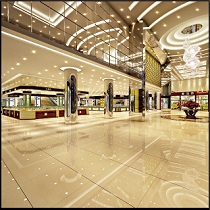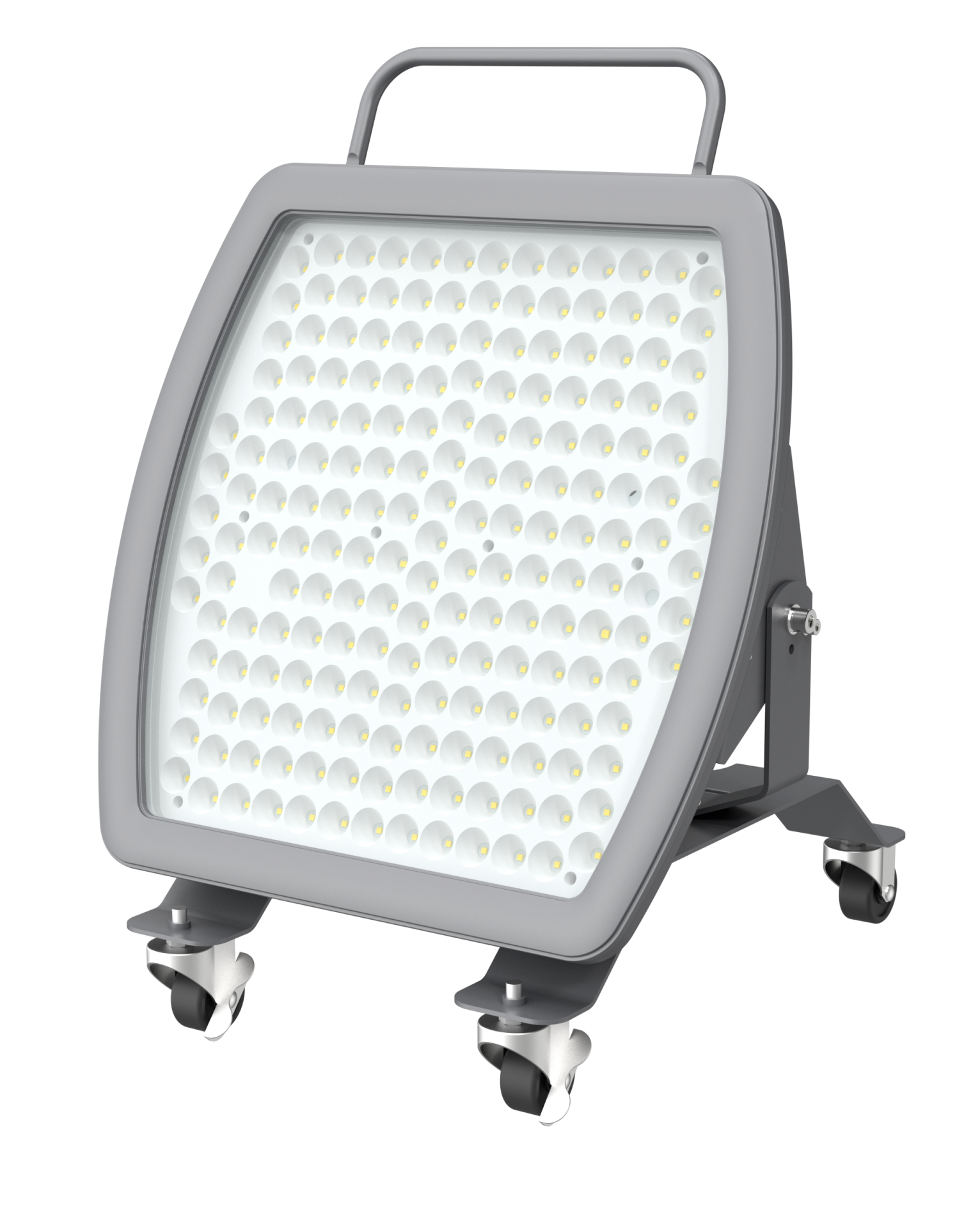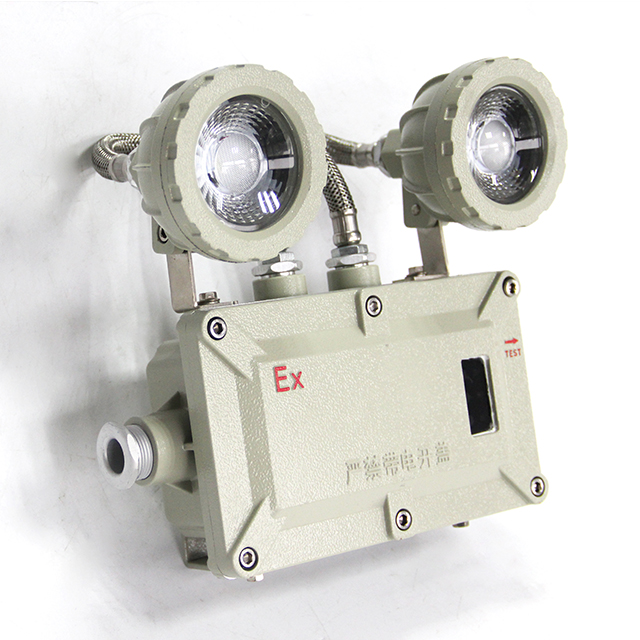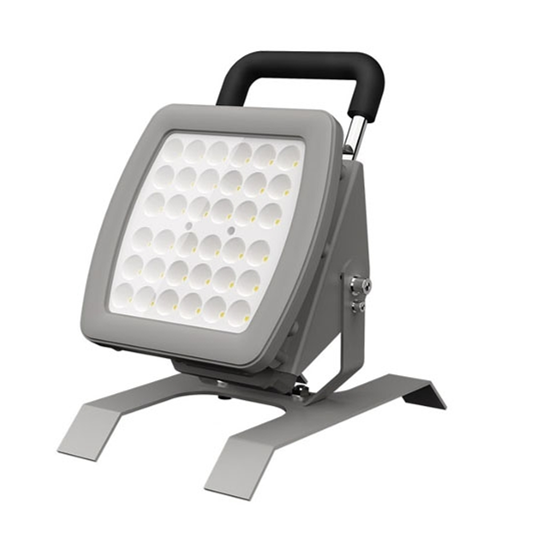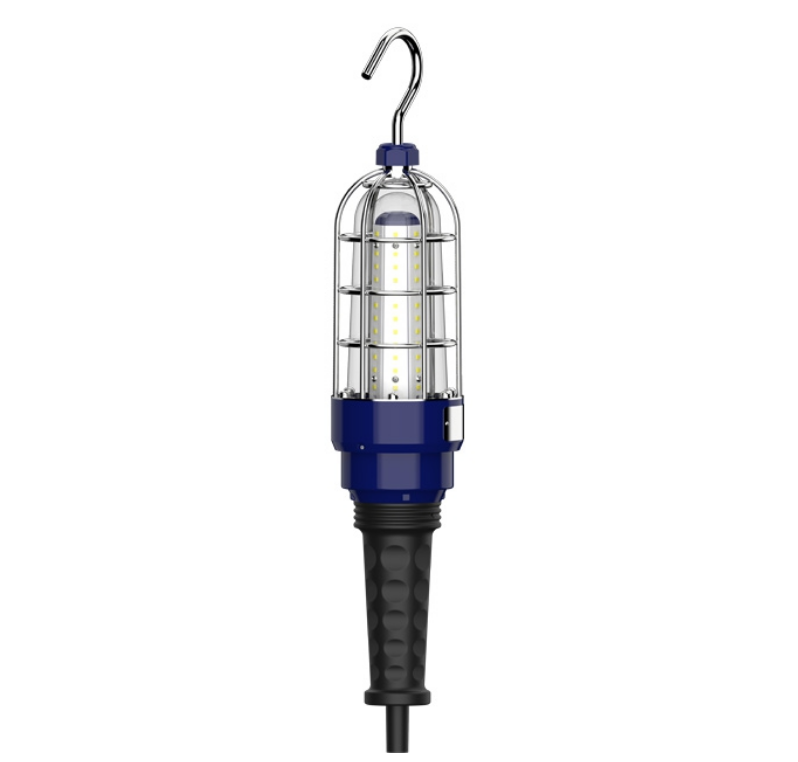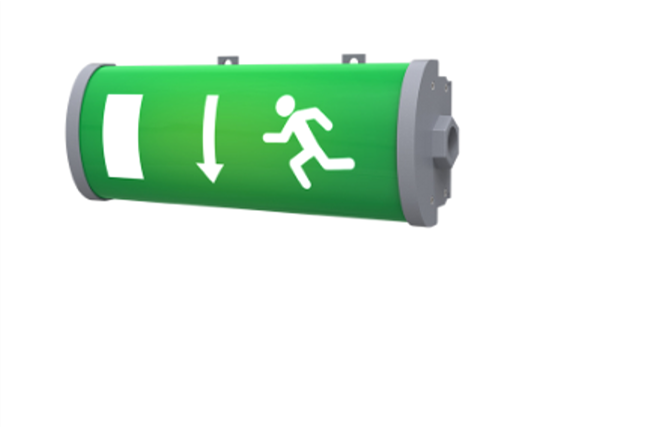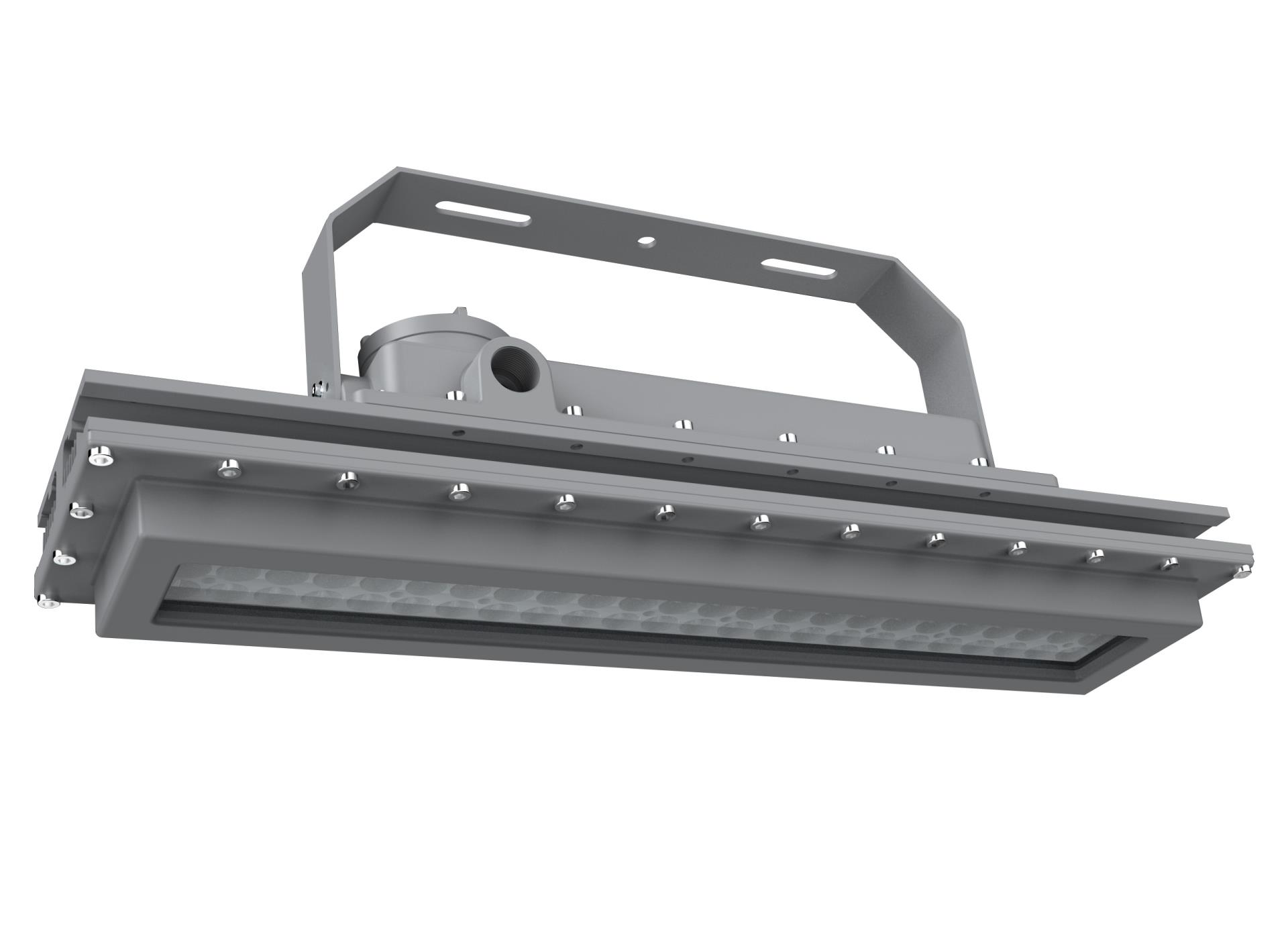LED high bay lights have revolutionized the way we illuminate large spaces, combining powerful lighting with energy efficiency. Whether in warehouses, factories, or gyms, these fixtures are essential for providing bright, clear lighting in high-ceiling environments. But to make the most of their energy-saving capabilities, it’s important to understand how to optimize their performance. Here are some key tips to help you maximize the efficiency of your LED high bay lights while keeping your energy bills low.
1. Choose the Right Wattage for Your Space
One of the most effective ways to enhance energy efficiency is by selecting the correct wattage for your lighting needs. While LED technology is inherently energy-efficient, using a light that’s too powerful for the area can result in unnecessary energy consumption. On the other hand, insufficient wattage can lead to poor visibility and reduce productivity.
When selecting your LED high bay lights, consider the size of your space, ceiling height, and the required lighting level. A lighting professional can help you determine the optimal wattage to ensure maximum energy savings without sacrificing illumination quality.
2. Install Motion Sensors for Smart Control
Integrating motion sensors with your LED high bay lights allows for smart energy management. In large industrial or commercial spaces, lighting is often left on for extended hours, even when the area is unoccupied. Motion sensors can automatically turn the lights on when movement is detected and turn them off when no one is around. This simple addition can significantly reduce your energy consumption without compromising safety.
For facilities with varying usage patterns, motion sensors can be programmed to activate lights based on peak hours or areas with high foot traffic. This targeted control maximizes energy savings by ensuring lights are only on when necessary.
3. Utilize Dimming Features
Many modern LED high bay lights come equipped with dimming capabilities, allowing you to adjust the light output based on your current needs. For instance, during less active hours, you can reduce the intensity of the lighting to conserve energy, while still maintaining sufficient visibility. By taking advantage of dimming features, you can tailor the lighting to different environments and activities, such as when a warehouse is being stocked versus when it’s fully operational.
Dimming also contributes to a longer lifespan for your LEDs, as lower light output reduces the amount of stress on the LEDs, enhancing their efficiency over time.
4. Ensure Proper Placement and Layout
Strategic placement and proper layout of your LED high bay lights can have a major impact on their overall efficiency. When lights are positioned too close together or poorly spaced, they can create excess light overlap, wasting energy. On the other hand, poor layout can result in dark spots that require additional lighting fixtures.
To maximize efficiency, carefully plan the spacing of your LED high bay lights to ensure even illumination across the area, minimizing the need for extra lights. Many manufacturers provide layout guides or recommend software tools to help you optimize your lighting design.
5. Regular Maintenance and Cleaning
Keeping your LED high bay lights in top condition is essential for maintaining their efficiency. Dust, dirt, and grime can accumulate on the lenses and reflectors, reducing the light output and forcing the fixtures to work harder than necessary. Cleaning your lights on a regular basis ensures they operate at peak performance and don’t waste energy due to reduced brightness.
In addition to cleaning, it’s important to check for any damage or wear in the electrical components. Ensuring your lights are in good working condition will help avoid unnecessary energy consumption from malfunctioning parts.
6. Invest in Quality LEDs from Trusted Brands
Not all LED lights are created equal, and investing in high-quality, energy-efficient products can make a huge difference. LED high bay lights from reputable brands are designed with advanced technology, offering superior brightness with less energy consumption. Additionally, they tend to last longer, reducing the frequency of replacements and ensuring greater savings over time.
Brands that prioritize energy efficiency and quality will also often provide support in terms of optimized performance and warranty, ensuring that your investment continues to pay off long-term.
7. Leverage Daylight Harvesting
Daylight harvesting systems use natural light to supplement artificial lighting in a space. When installed with your LED high bay lights, these systems automatically adjust the brightness based on the amount of natural light coming in from windows or skylights. This reduces the need for artificial lighting during daylight hours, ultimately saving energy.
For industries with large windows or facilities in areas with abundant sunlight, daylight harvesting is an easy and effective way to decrease overall energy usage.
Conclusion
Maximizing the energy efficiency of your LED high bay lights not only helps reduce energy consumption but also extends the life of your fixtures, saving you money in the long run. By following these tips, from selecting the right wattage to integrating smart technology like motion sensors and dimming controls, you can ensure your lighting system remains cost-effective and sustainable.
If you’re looking to upgrade your lighting system, consider investing in high-quality LED high bay lights from trusted brands. By making the right choices today, you can enjoy brighter, more efficient lighting while keeping your operational costs down.



